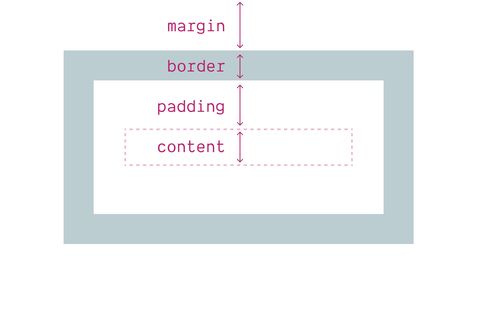Stripes Function
Start by setting a variable to the colors you want:
$rainbow: red orange yellow green blue indigo violet;
You could set individual variables for each color as well.
You would still pass them all as a single argument,
or join them into a single variable before passing, as you see fit.
Here’s the function:
@function stripes($position, $colors) {
$colors: if(type-of($colors) != 'list', compact($colors), $colors);
$gradient: compact();
$width: 100% / length($colors);
@for $i from 1 through length($colors) {
$pop: nth($colors,$i);
$new: $pop ($width * ($i - 1)), $pop ($width * $i);
$gradient: join($gradient, $new, comma);
}
@return linear-gradient($position, $gradient);
}
And how to use it:
.rainbow {
@include background-image(stripes(left, $rainbow));
}
Jina has posted a demo and explanation
on CodePen.
(The real lesson here
is that all the colors of the rainbow
are acceptable CSS color keywords.
Go forth and queer the web.)


